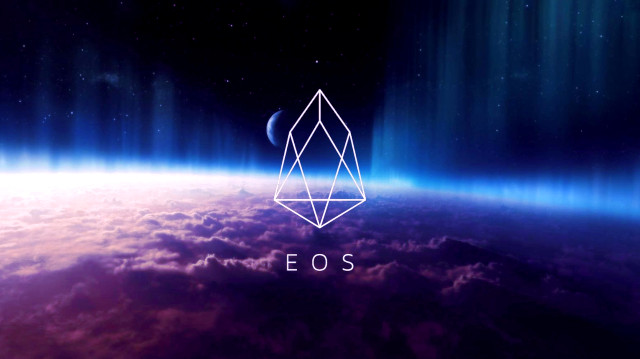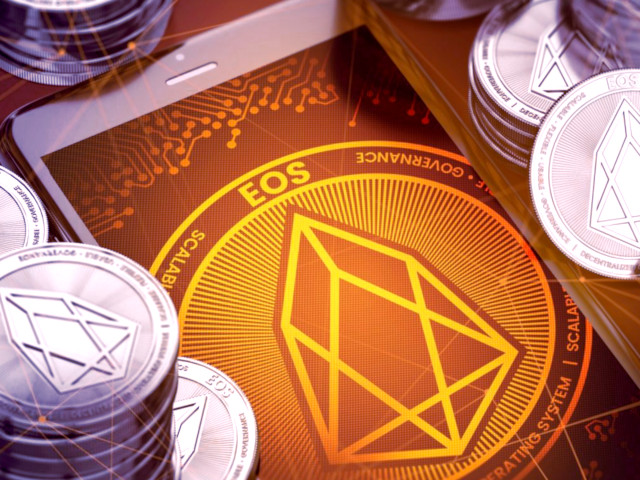A year after EOS was launched (June 2017) by the developer Daniel Larimer and the company ‘Block.one’, there are still many aspects that are not quite clear about this project. EOS 1.0 blockchain was released on 2nd June. Although many followers are enthusiastic about the project, which raised about $4 billion during its ICO, fraud and hacker attacks significantly undermined its reputation. Some vulnerabilities recently discovered in their software have also had a negative impact.
Features of EOS work
EOS token was developed for the EOS.IO software, which will be a ‘new block architecture designed for vertical and horizontal scaling of decentralized applications’. EOS will be an operating system where one can create applications programmed in CPU clusters.
Another feature of this software is that it will use the same consensus mechanism called ‘Delegated Proof-of-Stake’, that is used in Steemit. DPoS performs mining functions through a system of continual approval of votes. Parallel code execution will occur in the same way. The advantage is that the system will provide one hundred thousand transactions per second and with a short waiting time. Besides, responsibility for the payment of each transaction will be solely in the hands of the developers of each DApp, which will free the user from payment.
From the Bitcoin protocol, this system has inherited the use of SegWit (Segregated Witness), which eliminates data of transaction signatures to save space in the block. And from the Ethereum blockchain, this system can use any virtual machine that has sufficient performance to integrate with EOS.IO API.
Market capitalization and token distribution
At the time, EOS ranks sixth in the CoinMarketCap’s list. Every token of EOS is quoted in $10.81 as on 16/06/2018. EOS marker showed a downward trend since 29th May, with a small recovery on 3rd June, when it cost a little more than $15 (the day the software was launched).
The current distribution of EOS tokens
Distribution of 1,000,000,000 tokens will take place in Ethereum, and 100,000,000 of them will be intended only for the developers. According to TokenAnalyst, there is a circulation of 896,149,492 EOS, which means that without it, there are 3,850,508 tokens in EOS balance. This platform says that 2,805,886,393 EOS was offered in total, where all these tokens are taken into account (including those in reserve and in circulation).
Daniel Larimer, who has developed EOS.IO, also participated in the creation of other projects. In 2014, he developed Bitshares, which was excluded from the Bittrex exchange in October 2017 (probably because it was a competing exchange platform). In 2016, Larimer participated in the creation of decentralized and monetised social network Steemit. On Reddit, some users believe that Larimer is ‘not good for long-term projects’. They believe that he had to bring the existing projects to perfection and then switch to a new task.
Detected vulnerabilities and rewards
On 29th May, Chinese researchers have discovered a number of vulnerabilities, which compromised the work of EOS blockchain. It was found that more than 50% of EOS token addresses have not yet been registered on the network, and that remote execution of custom codes in the nodes may become available to attackers. Given this, Larimer attempted to delay the launch of the network until the bugs are fixed. He also posted a notice on Twitter, where he promised a reward of $10,000 to the developers who would help to detect new software failures.


 Telegram
Telegram 
